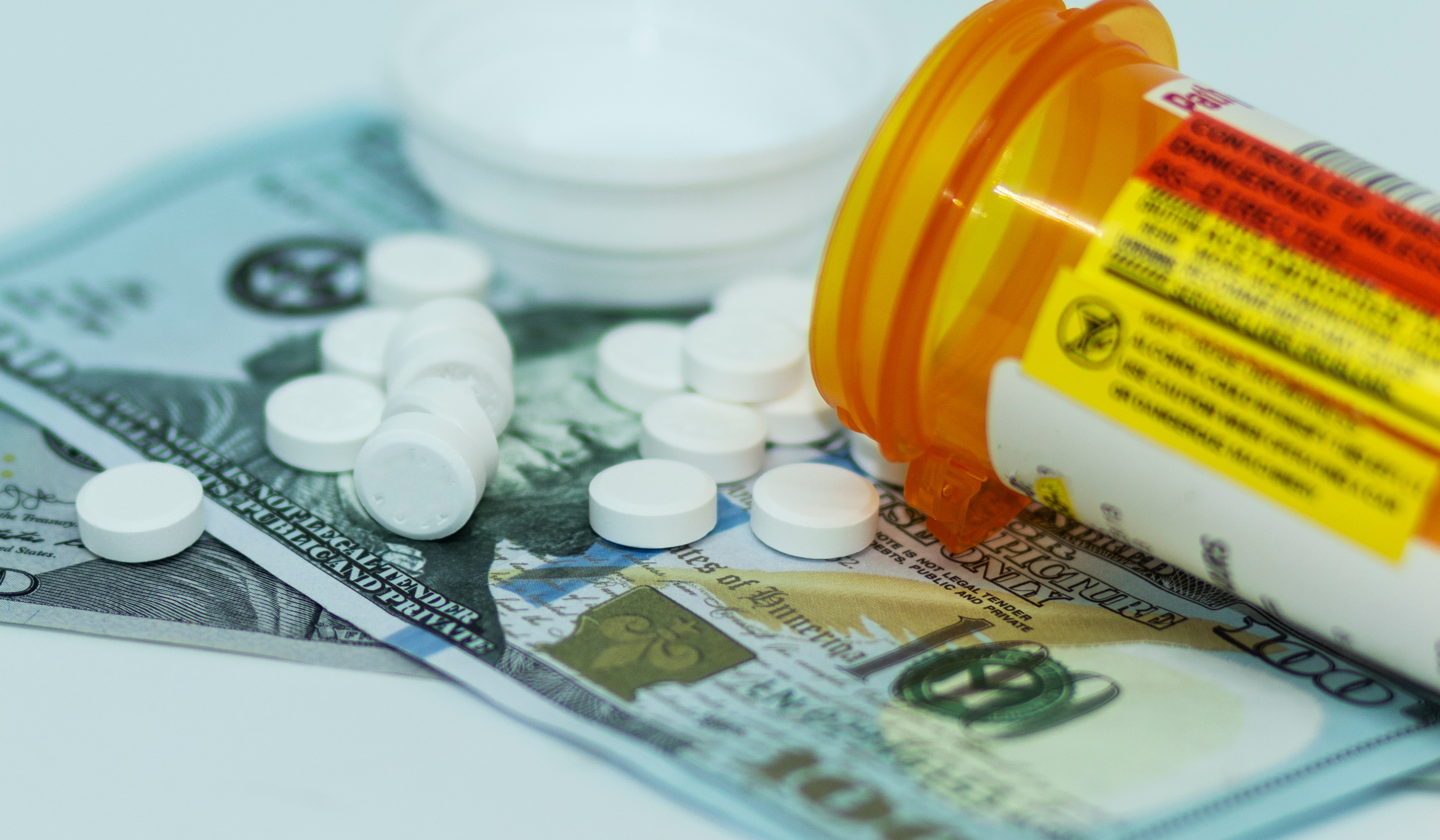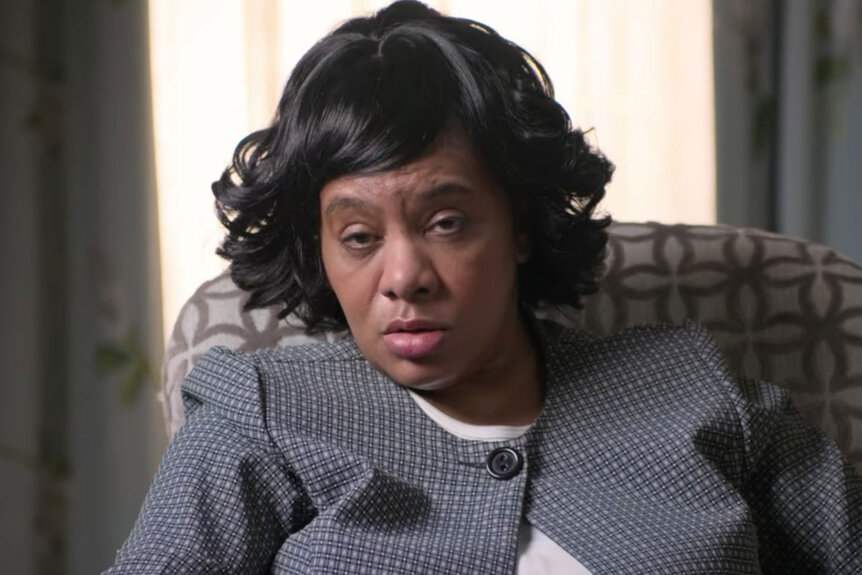Create a free profile to get unlimited access to exclusive videos, breaking news, sweepstakes, and more!
What Is The Pill Mill 'Holy Trinity' Prescription From Netflix’s ‘The Pharmacist’?
Netflix's "The Pharmacist" explores how pill mill doctors fanned the flames of the country's opioid epidemic by flagrantly overprescribing three particular drugs.

Netflix’s “The Pharmacist” dives deep into the the dark side of Big Pharma, which includes dishonest doctors and so-called pill mills. One of the hallmarks of this kind of medical fraud is “The Holy Trinity” prescription.
The documentary mainly follows Dan Schneider, who grew suspicious of excessive opioid prescriptions while working as a pharmacist in Poydras, a small town in St. Bernard Parish, Louisiana. After doggedly pursuing his own investigation into his son’s drug-related murder in 1999, Schneider also began looking into suspicious local OxyContin prescriptions.
He told the producers of the docu-series that nearly all of the prescriptions to be filled at his pharmacy were written by Dr. Jacqueline Cleggett, who ran a supposed internal medicine pain clinic in a nearby area known for criminal activity.
Turned out, she was running a pill mill – a term for clinics and doctors who dole out controlled prescription drugs in an inappropriate or excessive manner, often for cash.
"A pill mill is a way to describe doctors who have clearly lost their moral compass, who are willfully exchanging prescriptions for cash, and not really doing any kind of due diligence,” Dr. Anna Lembke, program director for the Stanford University Addiction Medicine Fellowship, explained in the series. “You know, they don’t care about the patients, They’re just in it for the money.”
On average, Cleggett saw 76 patients a day, Drug Enforcement Agency investigator Iris Myers said in the series. Her operation was often open all night. The patients didn't undergo any tests. All the patients paid in cash. And they all received the same prescription.
“I remember distinctly she would write three drugs,” one of her former patients Robbie Terminie said in the series. "Patients were getting the OxyContin, the Soma, and they were getting Xanax, which was called ‘The Holy Trinity.'"
Myers said that when the DEA did undercover buys through Cleggett, “almost all of the prescriptions were identical, no matter what patient went in.”
She, too, referred to the prescribing of Oxycontin, Soma, and Xanax as “The Holy Trinity.”
What is this so-called “Holy Trinity,” exactly?
”’The Holy Trinity' is a drug regimen that includes at least 1 opioid, a benzodiazepine, and carisoprodol,” Pharmacy Times noted in 2014. “This combination has been rising in popularity and is commonly prescribed by 'pill mills.'"
OxyContin is an opioid, Xanax is a benzodiazepine, and Soma – a muscle relaxant – is a carisoprodol. A former user, identified only as "M" in the doc-series, explained the purpose of combining the three drugs.
“Even though the OxyContin itself is very strong, it would just give that extra kick to make it feel more like a heroin effect,” she said.
A California health care nonprofit stated that this particular combination of drugs “has a high risk of overdose as well as an extremely high risk of abuse or addiction.”
As a result, many pharmacies in California are required to contact the prescribing doctor to inquire as to why all three medications are being sought.
An investigation into Cleggett’s practice resulted into her medical license has been revoked in 2003. Initially facing 37 charges, she pleaded guilty to one count of illegally dispensing controlled substances as part of a 2009 plea agreement, NOLA.com reported. She was one of the first pill mill doctors prosecuted in America.
As Schneider noted in “The Pharmacist,” as soon as Cleggett was removed from business, dozens of other pill mills popped up to take her place. Pill mills added fuel to the already deadly opioid crisis, particularly in the American South, at their peak of proliferation around the year 2010, a 2019 Associated Press report stated.
The U.S. Department of Justice has made the opioid epidemic a priority over the last decade, indicting dozens of people allegedly connected to pill mill operations. In a couple of notable cases last year, a Virginia doctor was sentenced to decades behind bars and an Ohio pill mill doctor received seven years in prison.
While pill mill prosecutions have increased, the effects of their heyday linger as many U.S. communities remain roiled in an opioid crisis.


























